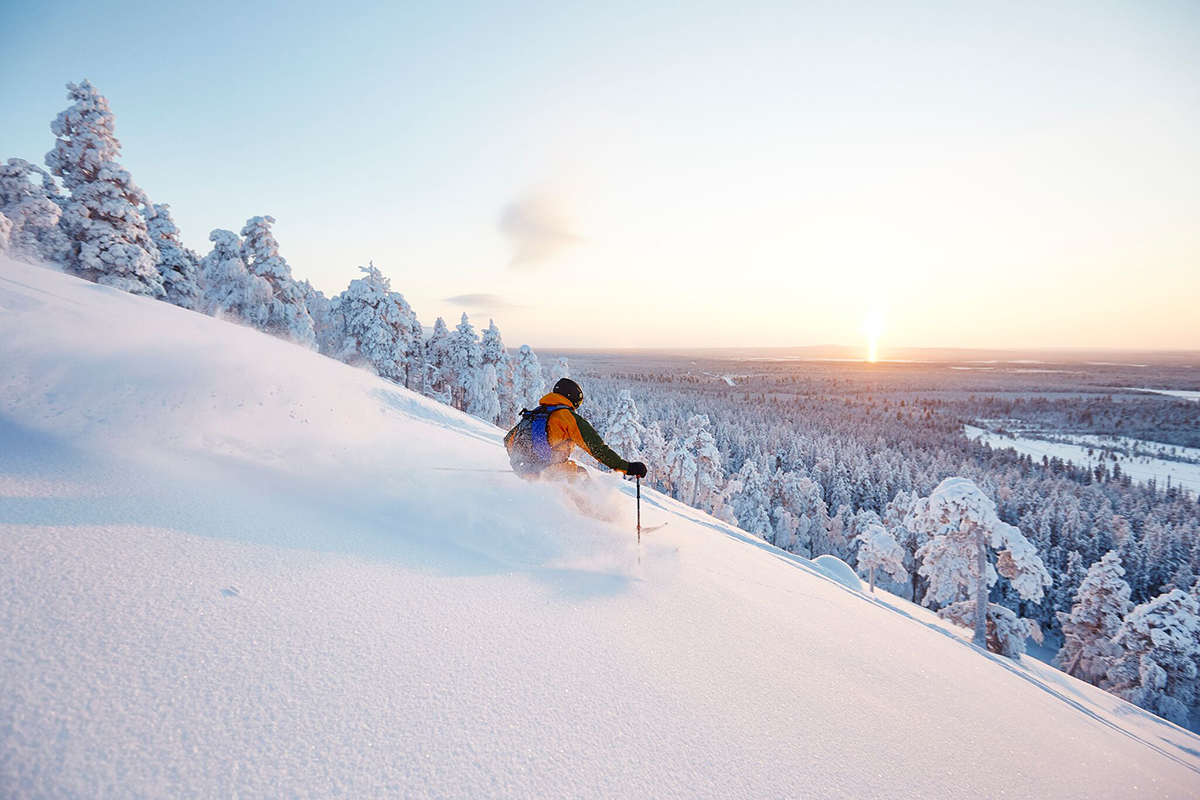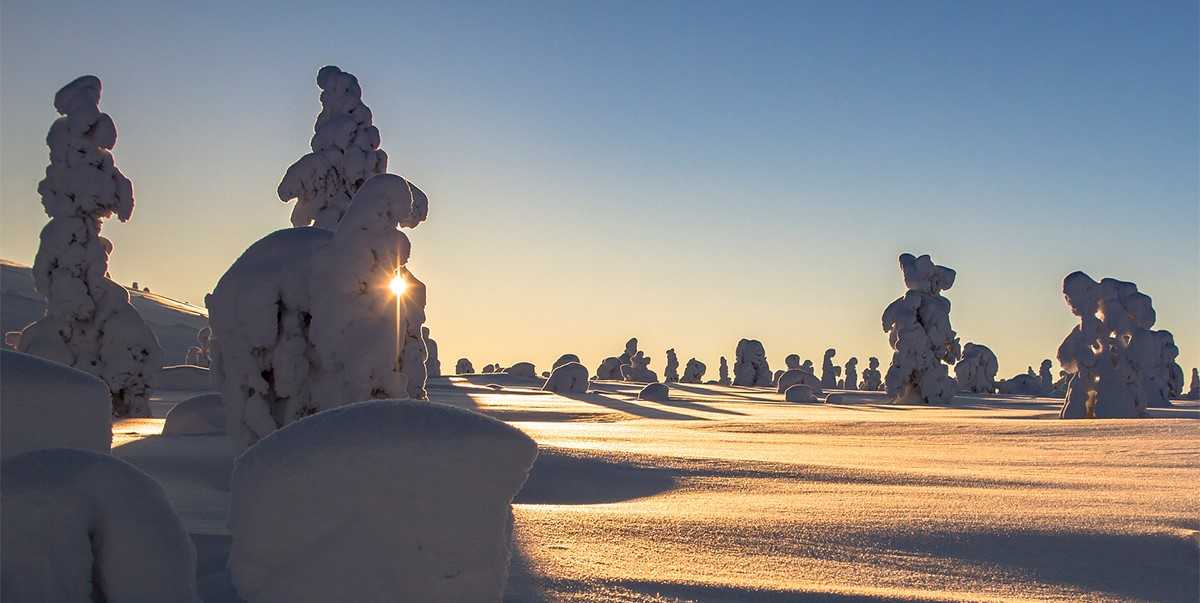Adventure Educators need snow safety skills
- Kirjoittaja: Anita Saaranen-Kauppinen, Principal Lecturer, DSocSci, Humak University of Applied Sciencies, 21.11.2018
- Kirjoittaja: Kai Lehtonen, Senior Lecturer, M.Ed., Humak University of Applied Sciences, 21.11.2018
- Kirjoittaja: Jussi Muittari, Senior Lecturer, M.Sc., Humak University of Applied Sciences, 21.11.2018
- Kirjoittaja: Eeva Pekanheimo, Senior Lecturer, M.A,, Humak University of Applied Sciencies, 21.11.2018

The objectives of adventure education include supporting growth and development, promoting agency and well-being, as well as reinforcing the sense of community. These can be achieved by means of different action-based and experiential approaches. When activities are carried out in adventure educational settings, safety is one of the essential elements, and it deserves attention.
There are specific safety risks related to winter, and adventure education professionals should be aware of them. When instructing groups and carrying out different activities in challenging winter conditions, snow safety know-how is important.
Humak University of Applied Sciences has recently launched a new international degree programme in community education with adventure educational orientation, Bachelor’s degree in Adventure and Outdoor Education. The students of this programme can learn to plan, implement and evaluate adventurous activities and gain relevant skills in snow safety.
Safety lies at the core of adventure education
Adventure-based methods can be used to develop the knowledge, skills, attitudes, values and work methods of both individuals and groups. There is a plethora of methods to be utilized both in indoor and outdoor environments, including activities and sports, such as action-based plays and games, climbing in its different forms, paddling, as well as hiking and trekking in natural surroundings.
To achieve meaningful learning experiences, activities should be safe enough both psychologically, socially and physically. Risking the safety of the activities can be an obstacle for learning. Safety aspects are present in all actions of both individuals and groups as well as in the instructor’s work. There are different safety challenges related to the choice of methods and activities as well as to the prevailing conditions and season.
Snow safety – the ability to sustain safety in demanding conditions
During the last years, nature-based, experiential, touristic and adventure-oriented winter activities have become more popular. Winter-time outdoor activities with remarkable growth in popularity include, for example, snowmobiling, snowshoeing, wilderness cross-country skiing, backcountry skiing, and freeskiing – just a few to mention.
Snow safety refers to human activities, where the aim is to avoid avalanches in mountain and fell areas. In practice, snow safety means careful planning and evaluation of possible risks, both before setting out on a trek and during the trek. If the trek or outdoor activity is carried out as a group, snow safety is a social process, where interaction skills as well as decision-making skills are needed. In safety-related decision-making and group management, technology and different instruments support the instructor’s work, but it is the humans who make the decisions and act.
Avalanches are not unheard of in Finland
In Finland, the avalanche risk is quite small due to the moderate terrains and relatively gentle slopes, but on an annual level, there are quite a few avalanches. In the fell areas of Lapland, there are more and more both Finnish and foreign tourist groups and enthusiasts, and many of them are not familiar with the conditions. Likewise, there are more and more Finns travelling abroad to new environments, where the risks are different from what they are used to in Finland, making the risk identification more difficult.
The development of different equipment for trekking in mountain and fell areas, such as freeride skis, has made it possible that there are more and more people entering avalanche risk zones. Their technical skills might be excellent but safety-related knowledge and skills lacking. Snow safety know-how is important for both outdoor enthusiasts and professionals working with them.
Safety skills for the students of adventure and outdoor education
In the new Bachelor’s Degree Programme in Adventure and Outdoor Education (Community Educator, Bachelor of Humanities), run in English, students learn to plan, implement and evaluate adventure activities and processes. Several safety aspects are to be studied, also in winter conditions.
Adventure education graduates’ career paths can lead to employment within youth and NGO work, education and training, wellbeing services, or nature and outdoor enterprises. Safety skills are needed in various environments and in different ways – they are an essential part of an adventure educator’s professional expertise.
Additional information
Read more about high-quality snow safety education in Finland here.

